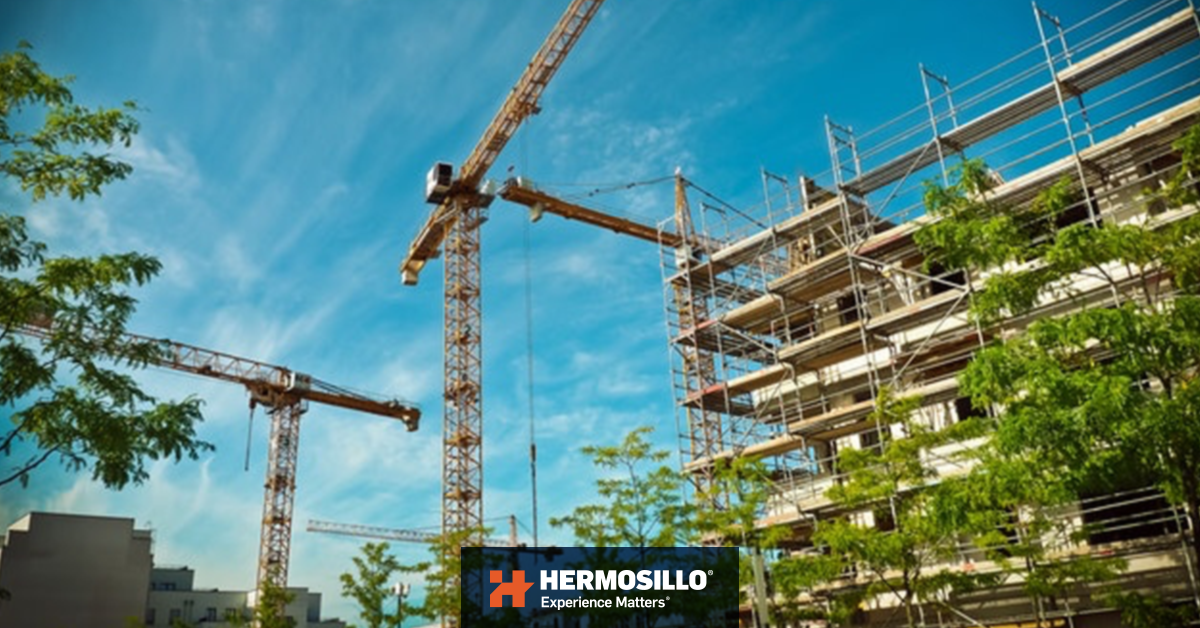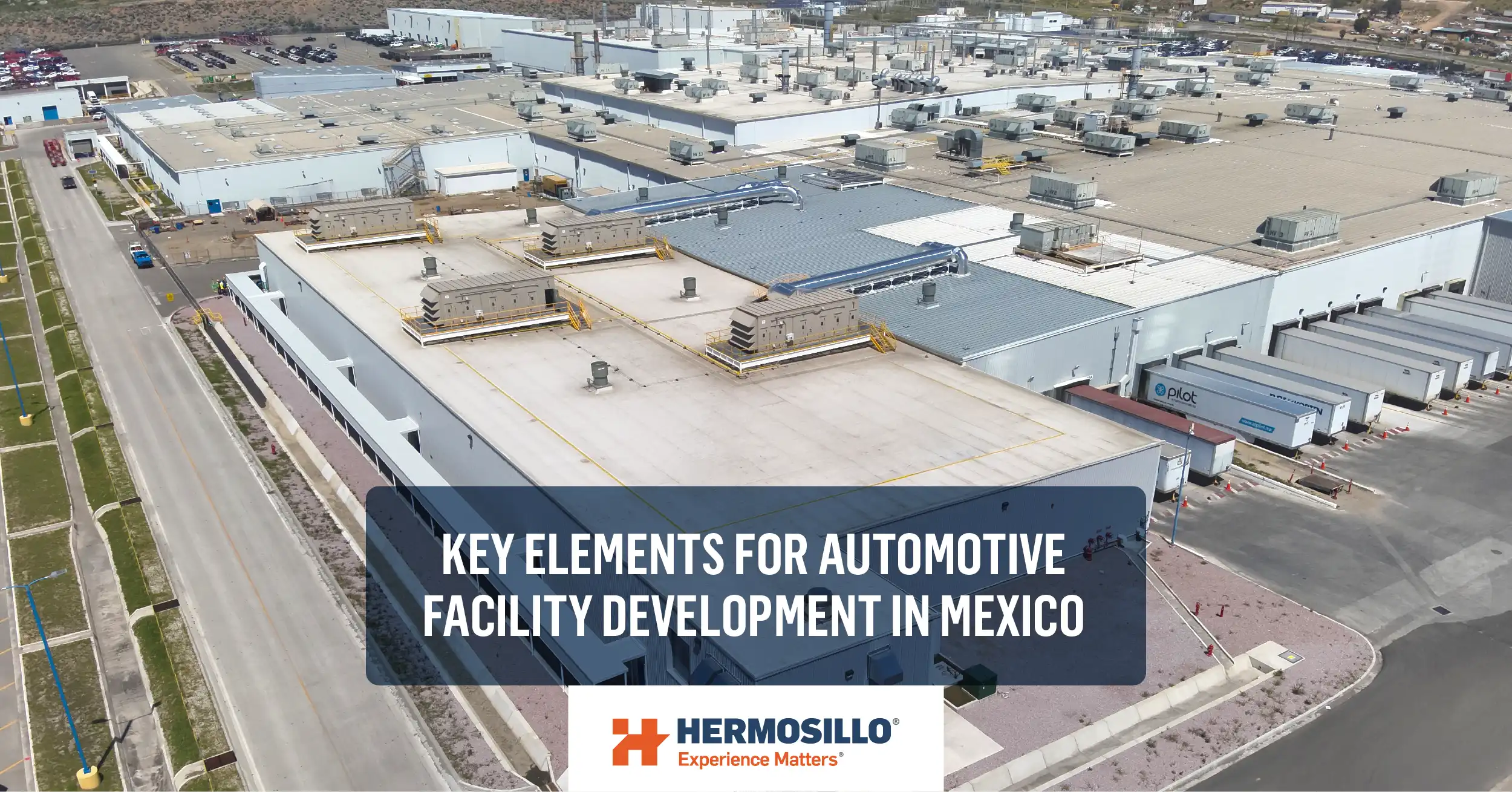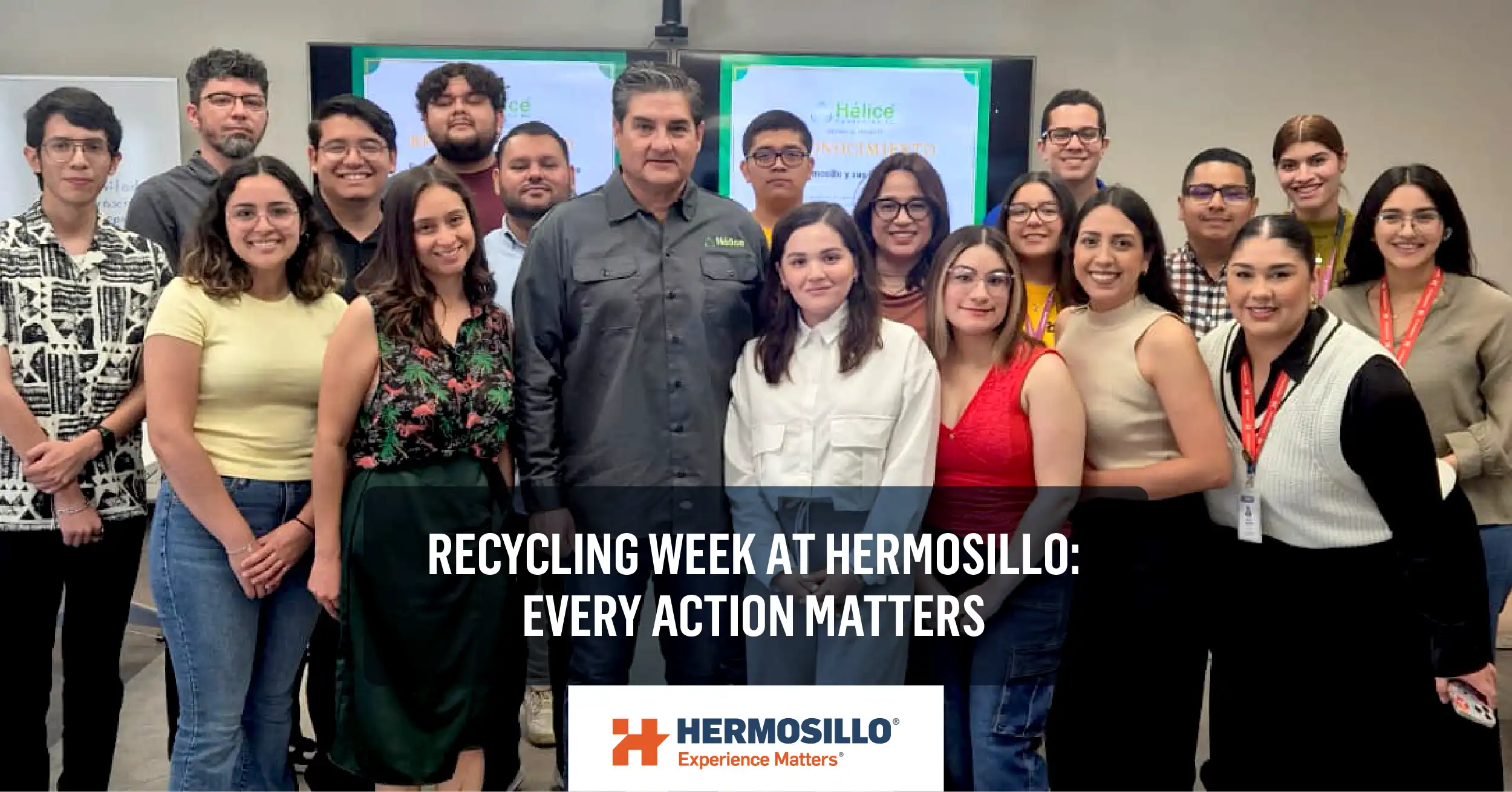
Our commitment as contractors is not only to our clients but to our planet. Creating, building, and designing the spaces we as humans live in, is of great responsibility. There are just too many factors to consider. It is no longer just about performance, costs, and quality, but about impact; impact on the resources, environment, human health, biodiversity, and sustainability. Our responsibility goes beyond business.
According to 2010 data, 45% of world energy and 50% of water are used by buildings. For this reason, being sustainable can no longer be out of the conversation.
We have always thought that small actions, done consistently, make significant changes. Being sustainable is about turning small efforts into a working culture.
Even though we still have a long way to go, we would like to share those actions that we have done steadily over the years. Anyone can pave their way into being sustainable, it just takes commitment. In this blog post, we would like to share some of the sustainable actions any contractor can take, as well as the basic concepts to understand sustainability in the construction industry.
What is Sustainable Construction?
Sustainability is meeting our own needs without compromising the ability of future generations to meet their own. It is about leaving sufficient resoprinurces for future generations to have a similar life to ours.
This core meaning can be applied in the construction industry.
Therefore, sustainable construction is the application of sustainable development principles to a project’s life cycle. It considers the planning, construction, and management of waste. The construction should aim to sustain harmony within its environment.
Besides, the project should also consider these 6 principles to be considered sustainable.
- Conserve
- Reuse
- Renew/Recycle
- Protect Nature
- Non-Toxic
- Quality
The goal is to minimize the impact on the environment by practicing sustainable actions, whether by focusing on materials, in the construction process, or both.
Sustainable Construction Actions in the construction process
These are 5 actions tested by us and proved to improve sustainability in the construction process.
1. Waste reduction applying LEAN Construction Methods.
Waste encompasses a lot of things. According to LEAN theory, there are 8 types of waste in construction: transportation, inventory, motion, waiting, overproduction, over-processing, defects, and skills. Even though the definition of sustainable construction does not encompass all of them, there is some overlap.
Adopting LEAN Construction methods for our frameworks and processes has taken us a great deal of time, effort, and discipline. Nevertheless, it has been gratifying. It has become an inherent part of our business. That is why we put it in the first place. Working with LEAN methods has led us to become more sustainable. It has helped us to:
- Standardize processes
- Use equipment efficiently
- Minimize waste
- Deliver higher-quality projects
2. Separate solid waste and seek to recycle construction material.
Construction projects generate an enormous amount of waste. It is estimated that on a typical construction site, around 30% of the total weight of the building material is waste. This means that it is crucial to reduce this number by recycling and separating the usable from the unusable.
3. Have a strict collection and disposal plan for waste.
Plan to make sure that waste is safely and correctly deposited in accredited places. As we mentioned before, being sustainable is also about what you do after the project is delivered. The key is to generate the least amount of waste and then dispose of it in the right places.
4. Protect the environment in every sense.
Seek to impact as least as possible the surroundings of where the project will take place, protecting or relocating existing flora. Try, as well, to reduce sound levels and dust generation. You can also use treated water in earthwork works. Finally, use local building materials.
5. Implement sustainable design practices.
Seek to have projects that use green energy and the use of high-efficiency equipment, promoting the reduction of water consumption and using green materials, to reduce energy as much as possible.
Sustainable Construction Biggest Challenges
The biggest obstacle is the lack of education on the subject. There are many people and teams involved in a construction project. The impact is proportional to the chain of people who are on board with being sustainable. Sometimes, General Contractors should take leadership and encourage subcontractors and suppliers to join with specific actions.
Wrapping Up
In the end, it is all about committing to the cause. And the truth is, working towards the purpose of being sustainable brings beneficial side effects, such as cost reduction and higher quality projects. Nevertheless, there is a lot of work that needs to be done beforehand, involving a lot of planning and monitoring. All it takes is to start doing it.
As we said, the more people involved, the larger the impact. The goal is that clients, government institutions, GCs, architects, subcontractors, and material manufacturers, all work towards the same vision. But for that to happen someone needs to start the conversation. Change is not easy, but in the long run, is highly rewarding.






